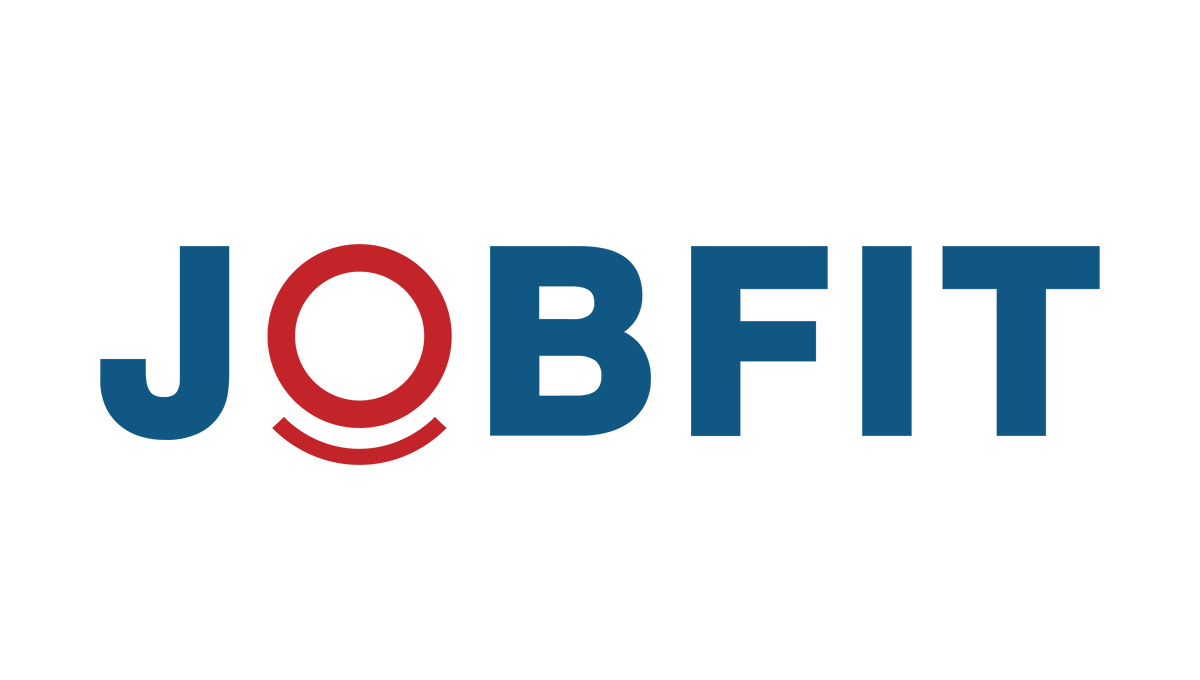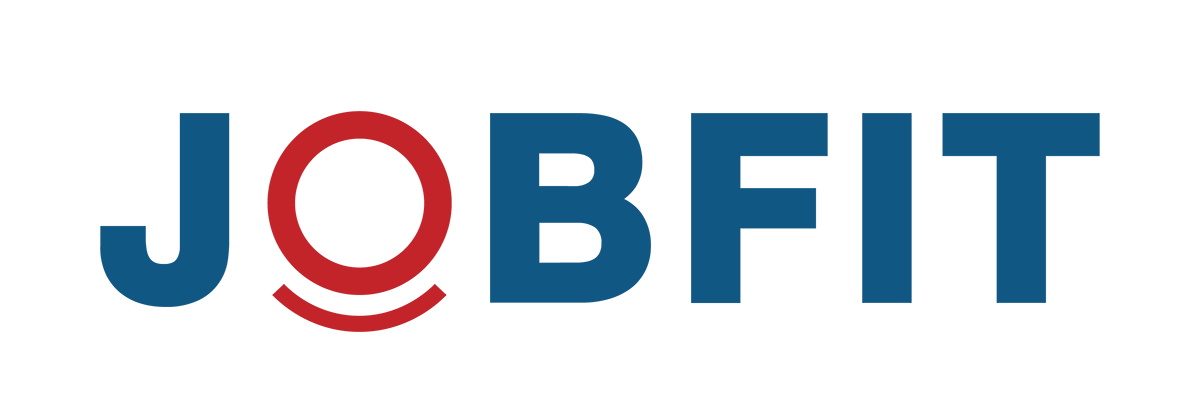Falls prevention at workplaces should be given high priority when managing workplace health and safety.
According to Safework Australia, each year slips, trips and falls result in thousands of preventable injuries. The most common ones are musculoskeletal injuries, cuts, bruises, fractures and dislocations, but more serious injuries can also happen.
Workplace falls of any sort can leave workers with significant and debilitating injuries. This can include falls from just a moderate height. Any worker who is required to complete tasks at a height of over two metres also faces an increased risk of serious injury or death as a result of a fall.
Therefore, it’s absolutely essential you are familiar with the risk management process associated with slips, trips and falls. You must ensure your workplace is compliant, and therefore safe for your employees.
SLIPS, TRIPS AND FALLS
The definition of slips, trips and falls is outlined below:
- Slips occur when your foot loses traction with the ground surface due to inappropriate footwear or walking on slippery floor surfaces that are highly polished, wet or greasy.
- Trips occur when you catch your foot on an object or surface. In most cases people trip on low obstacles that are hard to spot such as uneven edges in flooring, loose mats, open drawers, untidy tools or electrical cables.
- Falls can result from a slip or trip but many occur during falls from low heights such as steps, stairs and curbs, falling into a hole or a ditch or into water.
Injuries CAUSED BY WORKPLACE Falls
Workplace falls can cause a wide variety of injuries. As outlined by Safework Australia, the most common locations in order of highest number of injuries are:
- Knee
- Ankle
- Back – upper or lower
Around 23% of injuries led to serious claims, with 56% of these injuries caused by environmental factors. Environmental factors can include slippery surfaces following rain or spills, and poorly designed or maintained walkways. Other factors include poor lighting on stairs and walkways, and trip hazards from poorly stored materials.
Identifying and Managing Risks
Employers must manage health and safety risks associated with slips, trips and falls by eliminating the risk so far as is reasonably practicable. If that is not possible, you must minimise risks so far as is reasonably practicable.
Generally speaking, fall protection equipment is required for anyone working at heights of 2 metres or higher.
For more information on the risk management process see the Safework Australia Code of Practice: Managing the risks of falls at workplaces.
TIPS FOR ELIMINATING HAZARDS
Employers should consider the design of floors, stairs, lighting, drainage and storage.
Work procedures can also impact on the incidence of slips and trips. For example, develop procedures that avoid the build-up of rubbish throughout a production process.
When selecting and buying footwear, think about whether it has good slip resistance properties along with any other safety features you need. For example:
- In wet conditions the shoe sole tread pattern should be deep enough to help penetrate the surface water and make direct contact with the floor.
- In dry conditions the shoe sole tread pattern should be a flat bottom construction that grips the floor with maximum contact area.
- Urethane and rubber soles are more effective than vinyl and leather soles for slip resistance. Sole materials that have tiny cell like features will be slip resistant.
A risk analysis and strong policy regarding acceptable footwear will help prevent slips, trips and falls.
INJURY MANAGEMENT
In conclusion, even with comprehensive workplace falls prevention policies and processes, unfortunately accidents can happen. Find out how Jobfit can assist your injured worker safely return to work with our injury management and prevention services.


